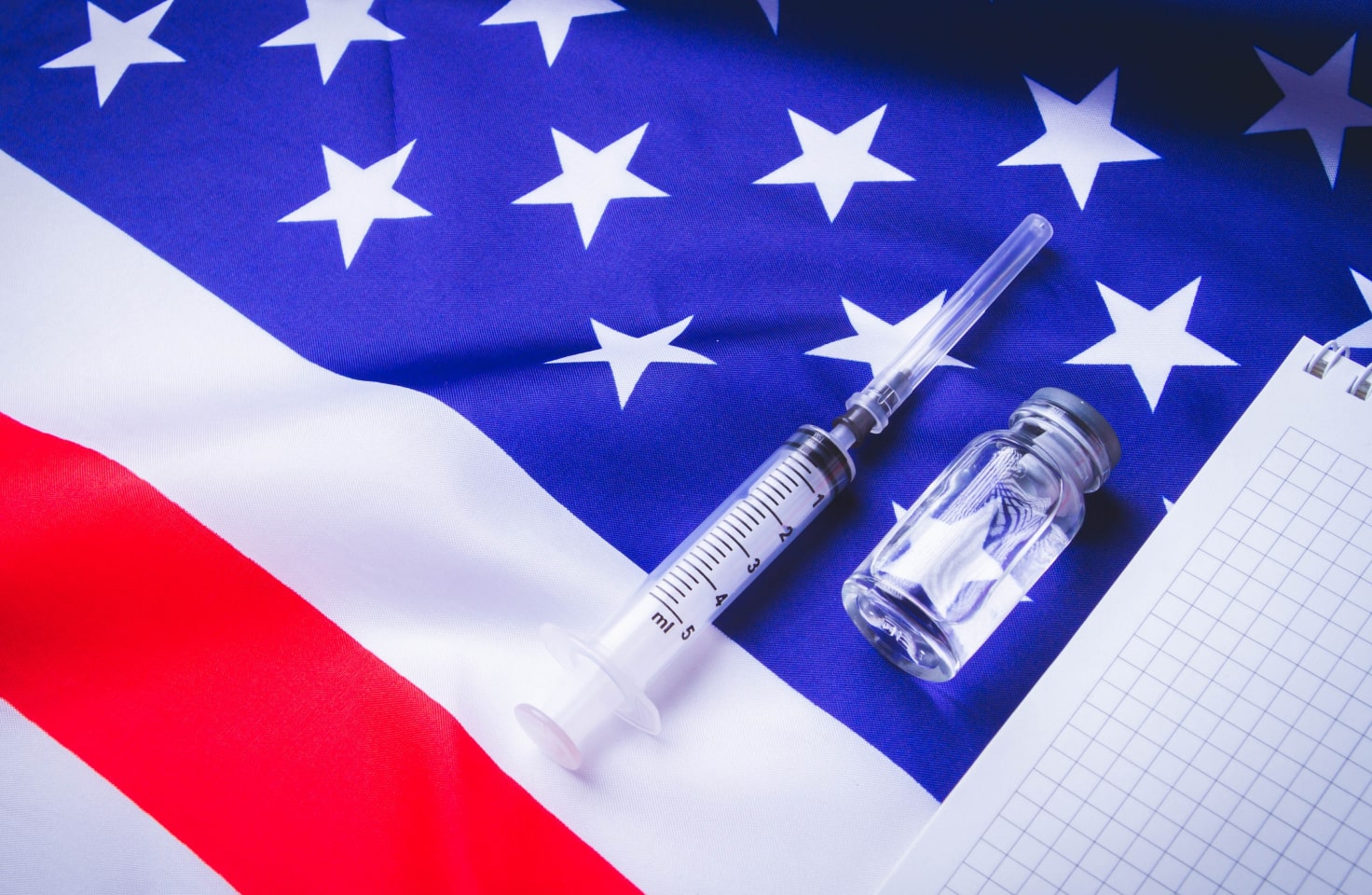T1D Guide
T1D Strong News
Personal Stories
Resources
T1D Misdiagnosis
T1D Early Detection
Research/Clinical Trials
That’s my CGM, and I’m Sticking to it!
When I was first diagnosed with type 1 diabetes, there was a myriad of new questions that came to mind, forcing me to think over this new reality I was facing. I wondered how this would change my diet and how I could eat the foods I used to love. I was concerned about my ability to take care of myself and how the ease of it would fluctuate going forward.

Would I still be able to satisfy my sweet tooth with my favorite treats?
Of course, the answer would end up being yes, but in part due to the widespread misconceptions and overall ignorance surrounding type 1 diabetes (T1D), I had no idea what I had really gotten myself into when I walked into the emergency room that day.
On the flip side, I also had no idea about what kind of miraculous medical technology was out there to help people with T1D monitor their blood sugar. Being diagnosed was no doubt an incredibly scary process, but finding out there were management apps and devices made to help people with diabetes gave me hope.

Right off the bat, I was given my very own handy dandy CGM (continuous glucose monitor) for my diabetes management.
Simply put, a continuous glucose monitor is a sensing device that continuously tracks your blood sugar levels and uses a transmitter to relay those numbers to an app on your phone.
There are two major CGMs in the market today: the Dexcom and FreeStyle Libre. Each company has different versions with variances in between, but at the point when I was diagnosed, the Dexcom G6 was the latest and greatest option by Dexcom.
This CGM was provided to me by the hospital, so though I did not have an initial choice regarding which CGM I was going to use, I later decided to stay with the Dexcom G6.
Pros and Cons of Using Continuous Glucose Monitors (CGMs)
Here are a few reasons why I have enjoyed and stuck with using my Dexcom, along with a few friendly bewares:
CGM PROS
Finger Pricks be Gone!
Thanks to the smartphone capability brought on by the Dexcom G6, if you want to check your blood sugar, just whip out your device and check your blood glucose through the Dexcom app.
If you have Apple devices, there is also an option to download an extension of the Dexcom app onto your Apple Watch for an even easier way to glance at your blood sugar quickly. As a student and during work, this has been incredibly helpful during busy moments when I don’t want to miss a second of my lectures, labs, or work duties. It’s as easy as checking the time!

Beep, Beep, Beep
That’s right, one of Dexcom’s blessings disguised as a curse is the alarm system built to alert you if your blood sugar ever moves out of the desired range. The typical range you may see is around 70mm/dL to 180mm/dL, but you have the ability to alter this as needed to best fit your needs.
The American Diabetes Association (ADA) recommends that most healthy individuals with diabetes aim for a target blood sugar level of 80–130 milligrams per deciliter (mg/dL) or 4.4–7.2 millimoles per liter (mmol/L) before meals.
Though it has sometimes seemed inconvenient or even caused me a once-in-a-while jumpscare in the middle of the night, this ability has been crucial to keeping me safe for those moments I do not have the luxury of checking my phone or watch.
It Really is Continuous
One of the features I love most about my Dexcom G6 is its ability to continuously transmit information from the sensor attached to my skin to the app on my phone without any contact between the two.
I have never needed to touch the two together in order to provide my Dexcom sensor and app the capability of talking to each other. I can check my app at any given moment to see my blood glucose levels, and I love it.
Pro Tip: There is about a five-minute lag time between the sensor and the reading on your phone, meaning the reading you are viewing on your app at any time is from five minutes previous to the current time. This for me, though, has not caused any sort of issues.
Long-Lasting
Though this might not be a very high number in other cases, the 10-day survival rate of the Dexcom G6 is a life changer! This essentially means that once you slap on a new sensor and wait out that warm-up period (which I will get to shortly), you have 10 whole days during which you do not need to worry about swapping it out or making any changes to it. Half the time I forget it’s even there! It lasts over a week and tracks my blood sugar throughout that entire time, two aspects that make the system a complete win-win for me.

CGM CONS
Lengthy Warm-Up Period
Before I harp on this too much, I want to mention that the newest version, the Dexcom G7, has an improved warm-up period of around 30 minutes, which far beats the Dexcom G6 time of 2 hours! For those who don’t know, the Dexcom warm-up period is the time it takes for your app to connect to the sensor, and it begins immediately once you start your sensor.
In all reality, the two hours isn’t that bad, but in a perfect world it would take less time, allowing you to immediately view your blood sugar levels once you finished putting on a new sensor. As that is not the case, there are a few good things to keep in mind for this waiting period:
- If you can, keep your finger sticks close because this will be your only way to receive any readings regarding your blood sugar for those two hours. Make sure to follow your typical guidelines regarding when to prick your finger, such as before and after eating and before driving.
- Keep those favorite low treats nearby! Whether you need a pack of fruit snacks immediately in response to a low reading from your finger prick or you can feel a low starting to come on, it is especially important to have carb-raising snacks nearby while your Dexcom is warming up.
Compression Lows
This might be the biggest con for me regarding my otherwise wonderful Dexcom. If you have placed your sensor on a part of your body that feels pressure during sleeping or laying down (back of arm, stomach, thighs), there is a good chance that you will experience a compression low. Though these can definitely look scary, here is how you can often spot them:
- These phantom lows can be identified by an often extremely steep drop in blood sugar with no explanation, such as a drop from 90mm/dL to 55mm/dL while lying in bed.
- These low blood sugar readings will also correct themselves if you move to a position where your sensor is no longer compressed. If you have switched positions after five minutes, and your sugar jumps back up close to its original number, congrats! You have only experienced a false alarm in compression low form. Scary but harmless.

Adhesive Irritation
This is one word of warning that may not pertain to everyone, but it certainly would have been helpful for me when I was just getting acquainted. The adhesive used on the Dexcom G6 sensor can cause skin irritation to some people. The symptoms are typical and include itchiness and redness at the location of your sensor. Despite this, there are a few popular solutions within the type 1 diabetes crowd to squash these rashes:
- If you're having sensor adhesion issues, Dexcom has a slew of tips and tricks to combat these problems. Check their website for some recommended products.
- Another common technique to prevent irritation caused by the Dexcom adhesive is to purchase patches that attach to the sticky part of the Dexcom G6 sensor and then lay them on top of the skin at the insertion site. These patches block the original adhesive that is itchy and skin-reddening to prevent that reaction in the first place.
Pro Tip: Personally I found Flonase, an over-the-counter nasal spray made to fight the effects of allergies. Though differing from the medicine’s traditional use, spraying the Dexcom G6 insertion site (arm, leg, stomach) with a spritz or two of Flonase and rubbing it in helps to prevent that reactional irritation. This worked for me, however always check with your physician before trying new methods.
CGM Highs and Lows
No matter the path you take in determining which CGM is right for you, managing your blood glucose levels is challenging. It is essential to know there are good options out there to combat low and high blood sugar fluctuations, providing us with the ever-important opportunity to monitor our health easily through our insulin pump and CGM.
In my case, I am happy with my Dexcom G6 because it gives me quick access to my numbers and convenience on a day-to-day basis. No matter the CGM in question, the peace of mind brought about by its presence makes the potential warm-up finger pricks and compression lows, even at 3 a.m., all worth it.








.webp)
.jpg)
.jpeg)
.jpg)
.webp)
.jpg)
.jpg)
.jpg)

.jpg)


.jpg)
.jpg)
.jpg)

.jpg)
.jpg)

.jpg)
.jpg)
.jpg)


.jpg)

.jpg)
.jpg)
.jpg)
.jpg)
.jpg)

.jpg)
.jpg)



.jpg)
.jpg)
.jpg)

.jpg)
.jpg)





















.jpg)



.jpg)



.jpg)












.webp)




























.webp)